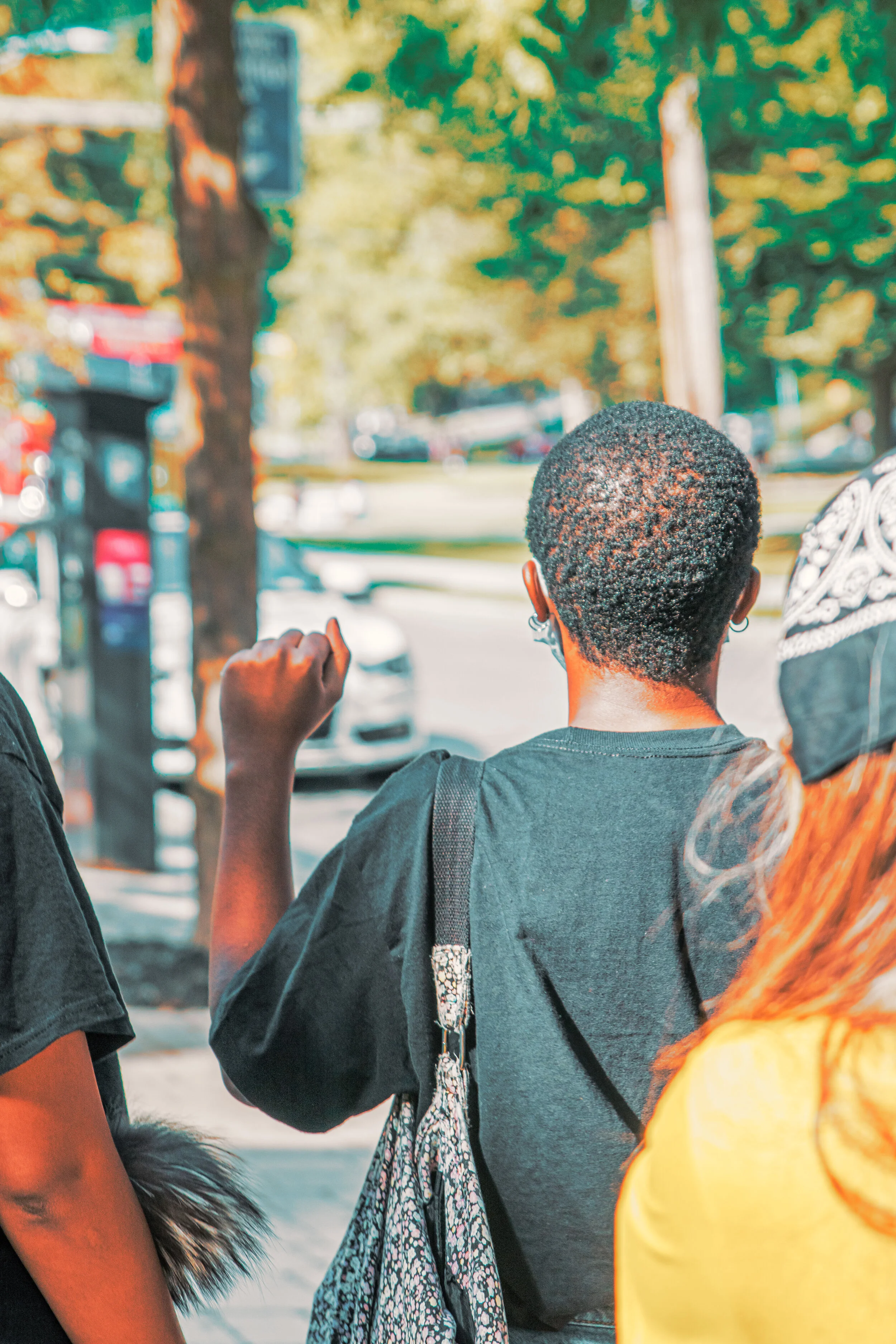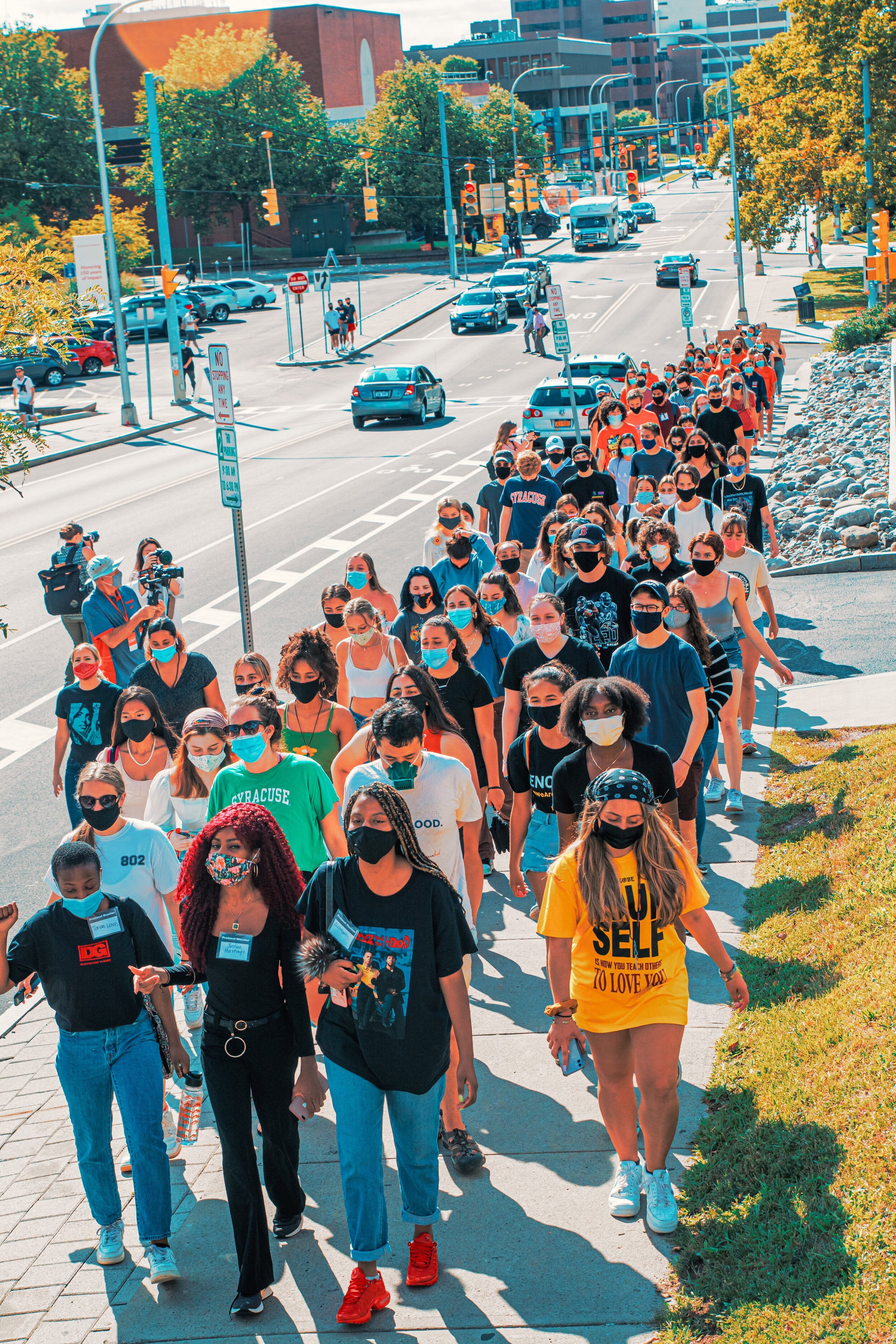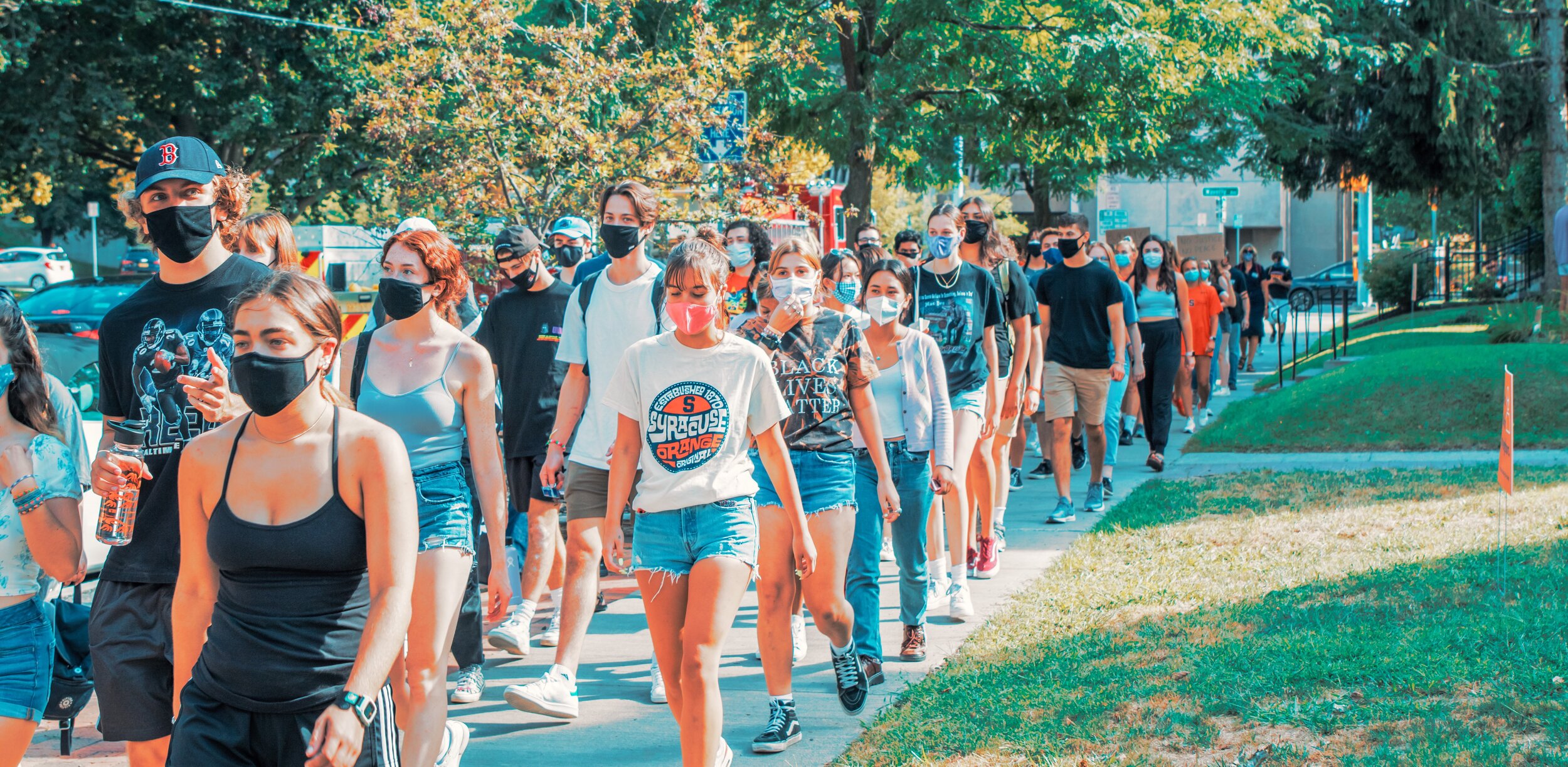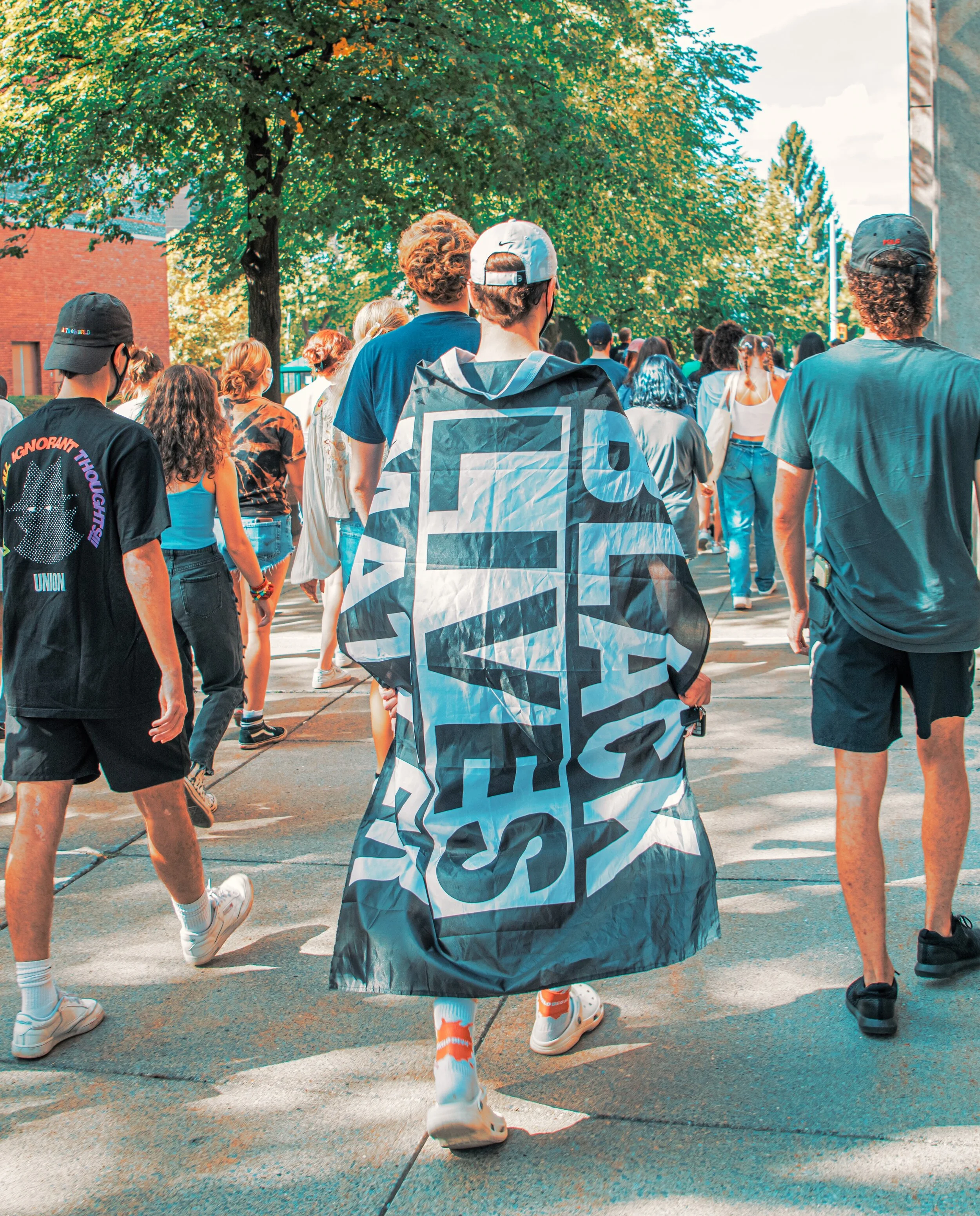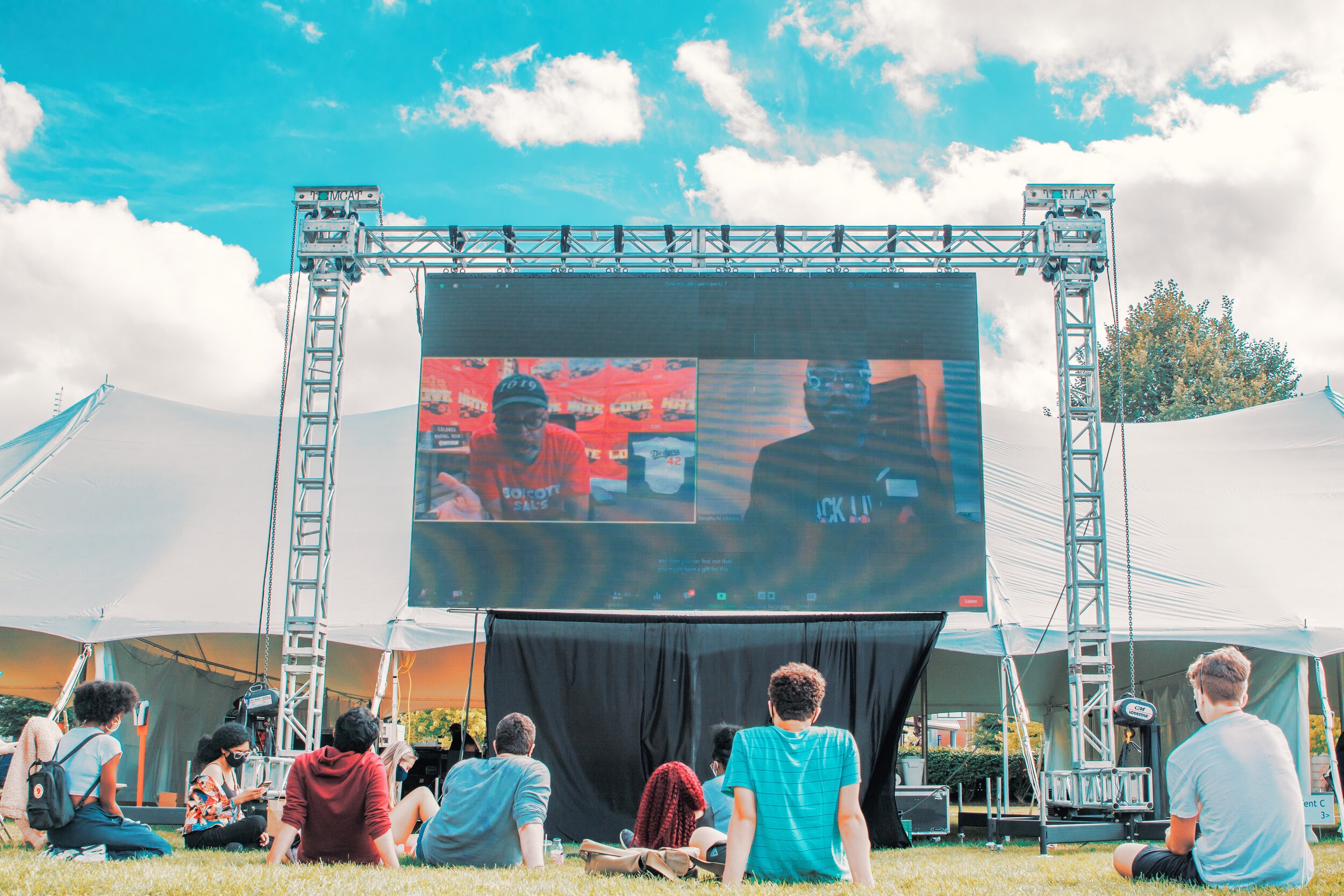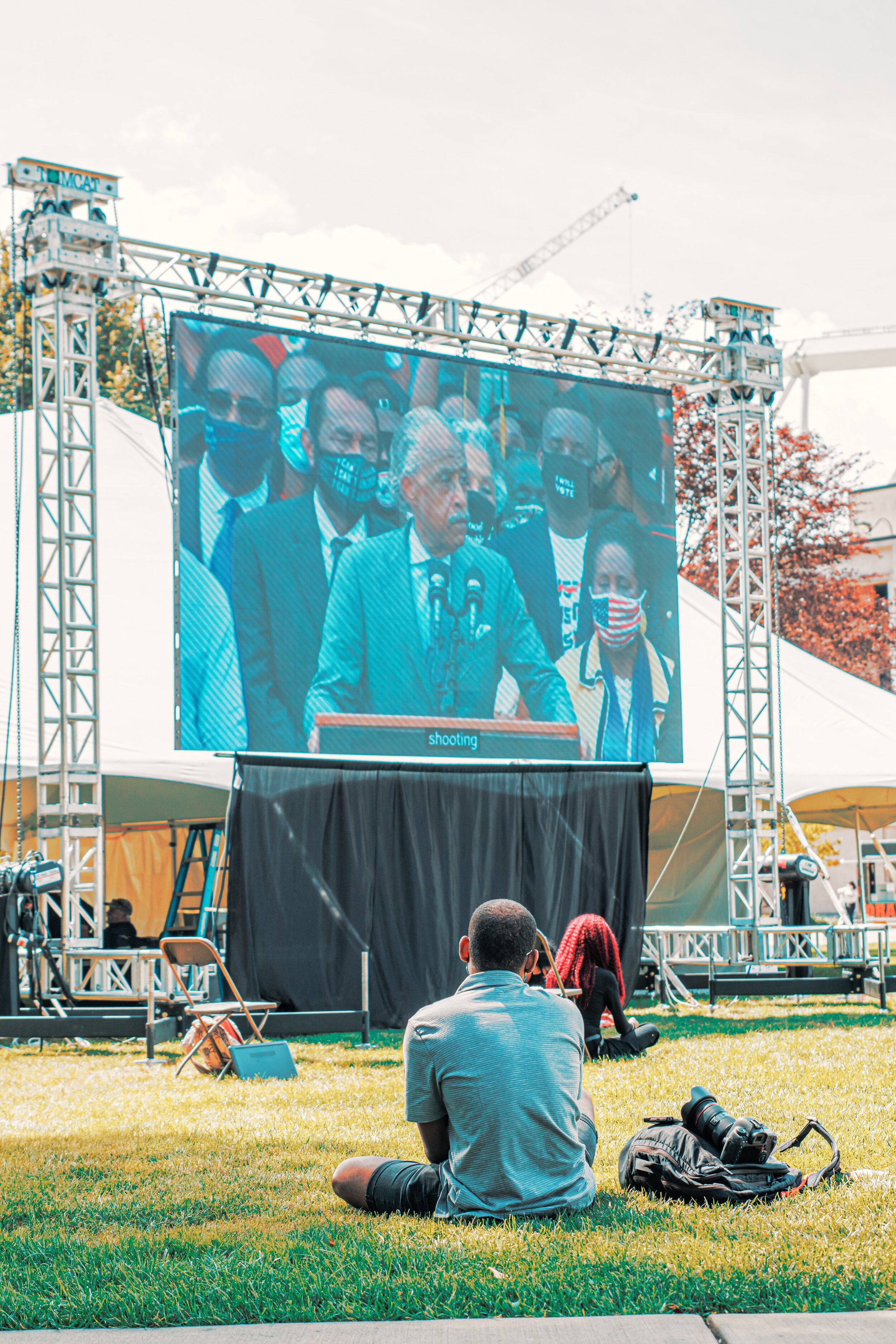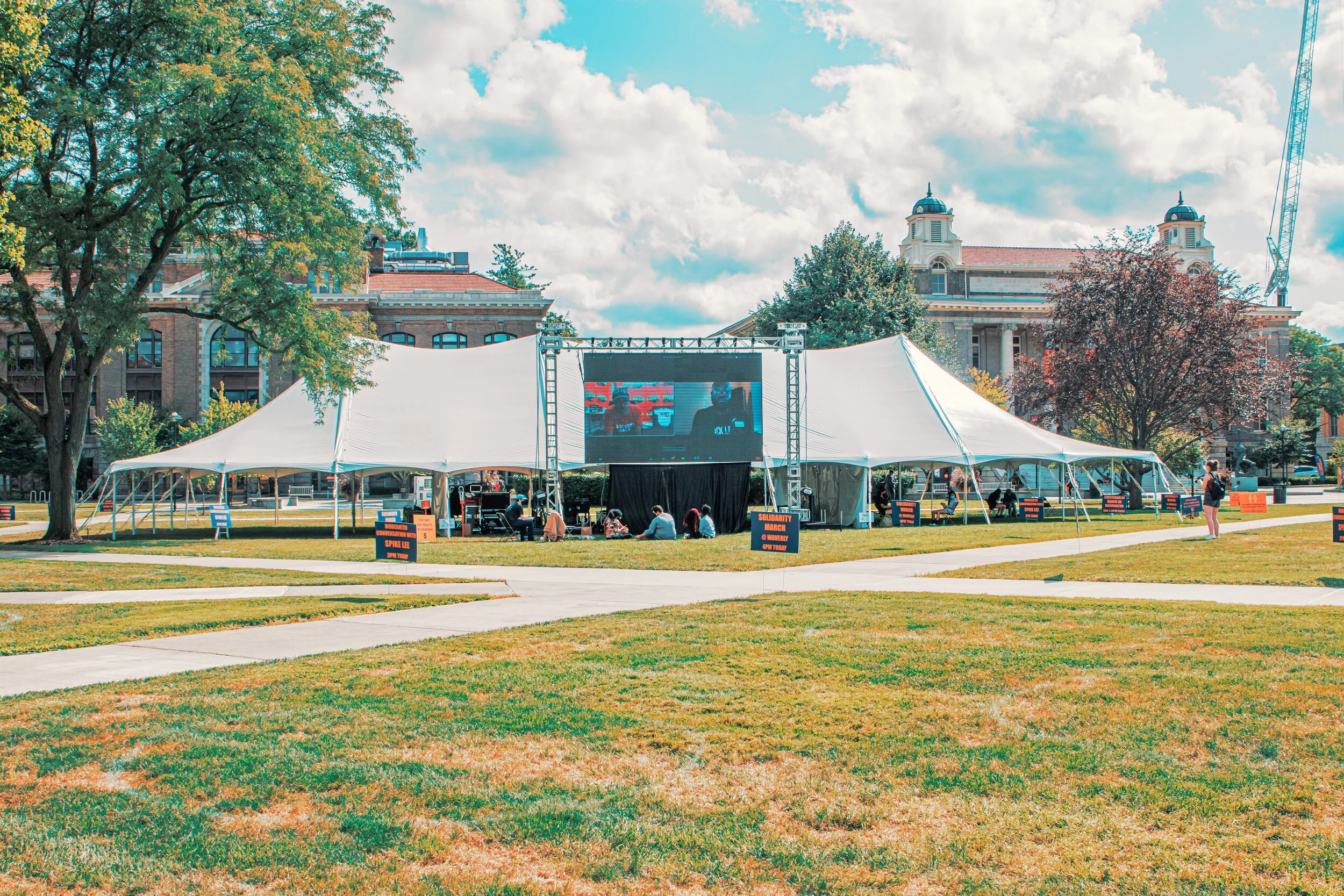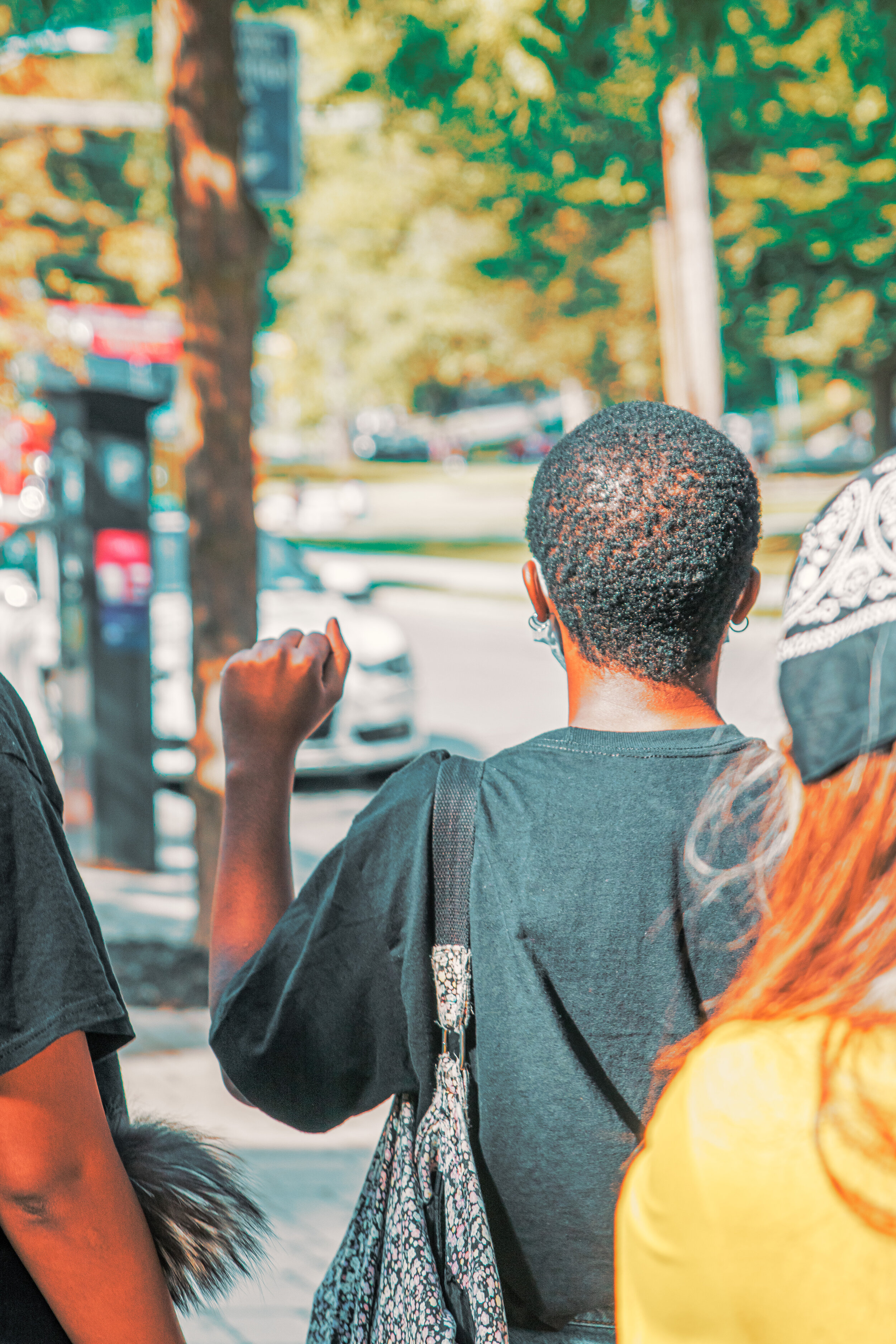SU Was a No-Show to the March on Washington
photo by gabriel miller-trabold
If you’ve used any form of media in the past few months, whether it’s scrolling through Instagram or listening to new music and podcasts, odds are you’ve been exposed to the bombardment of racial issues facing our country. Every day comes another count of police brutality, harmful rhetoric from those in power, disproportionate effects of COVID on people of color, BLM protests and the presidential-ordered crackdowns against them... the list goes on. That’s why it was so disappointing to see the incredibly small turnout at Friday’s events for the 57th anniversary of The March on Washington.
The Student Association here at Syracuse did a wonderful job planning events to allow students to show that they stand with people of color. An outdoor live-screening of the national march was held on the quad, followed by a virtual speaker event featuring Spike Lee, and an on-campus solidarity march to finish it off. Despite all these events, almost no one showed up.
Although the 100 students (give or take) who participated in the march looked substantial at first glance, it was an alarmingly small minority compared to the 20,000 undergraduate students at SU.
In a time where issues of race make headlines daily, I still don’t know why more students didn’t march for justice. They are constantly exposed to the issues, even on SU’s own campus, and the Student Association provided them with the opportunity to stand up and speak out.
So the question is: why didn’t they?
It is essential that we, as members of a country plagued by institutionalized racism, take any opportunity we get to combat it. In a society where the effects of slavery, Jim Crow, redlining, and systemic oppression still live on in the form of disproportionate poverty and incarceration rates, police brutality, hate crimes, and a variety of others, it is not enough to be quietly “not racist.” To make real change, our country, as well as the Syracuse community, depends on our actively anti-racist behavior and allyship.
As the March on Washington has shown, there’s still a lot more to be done.



